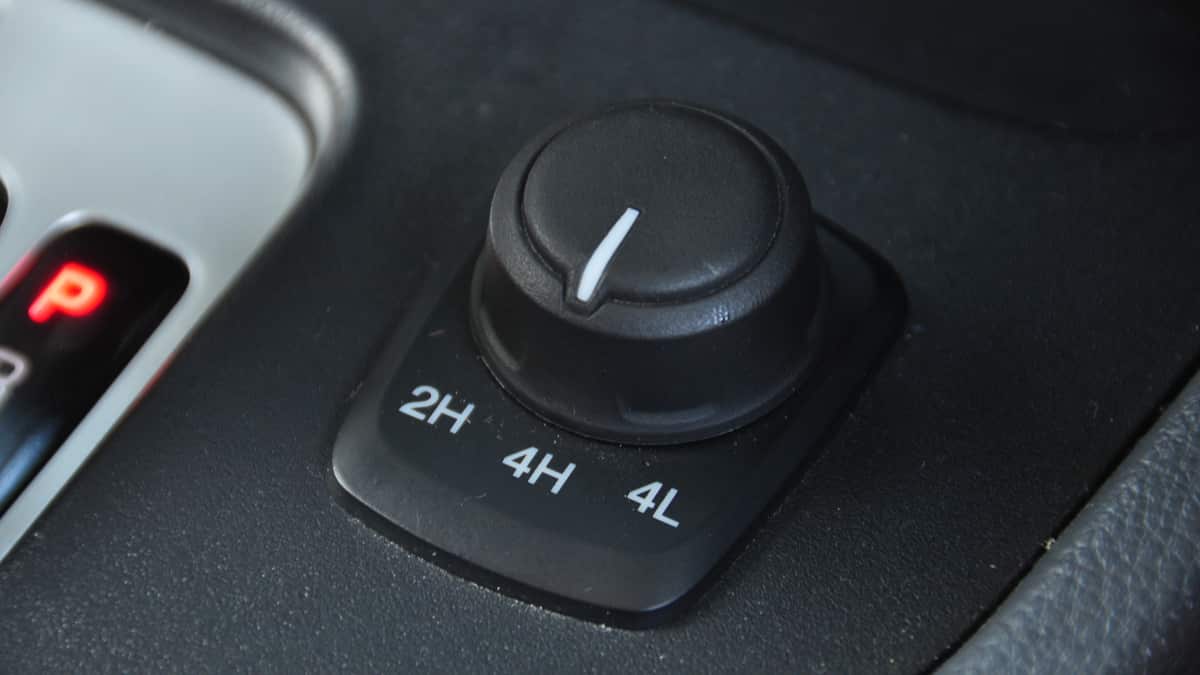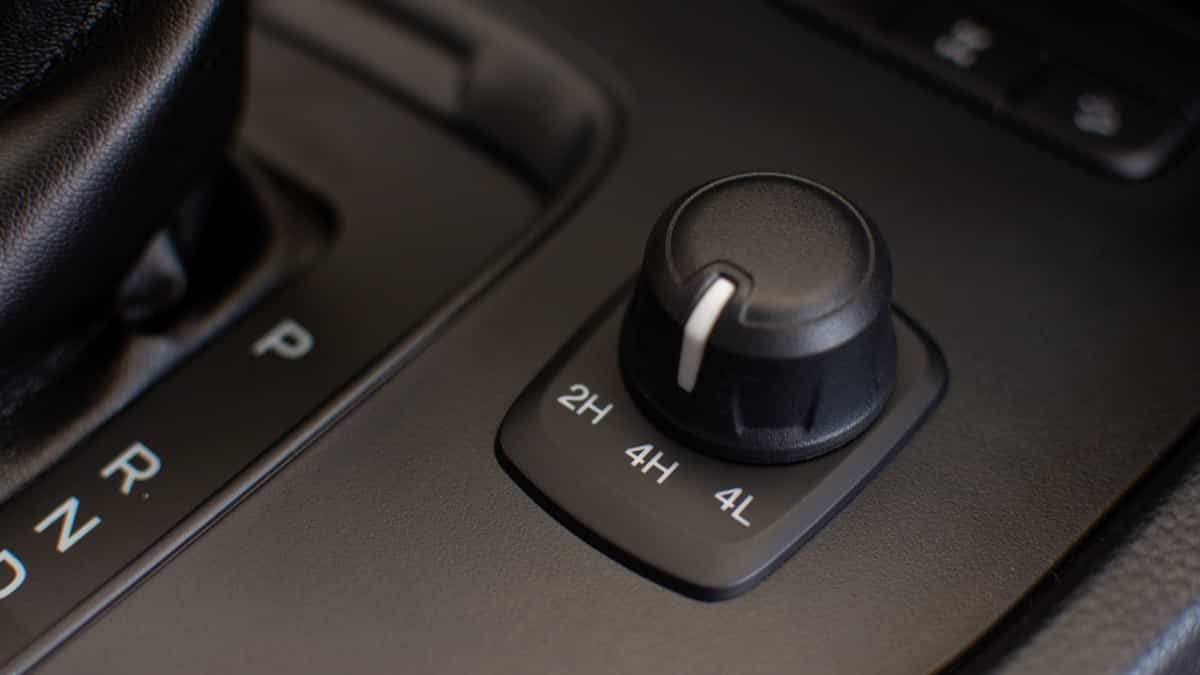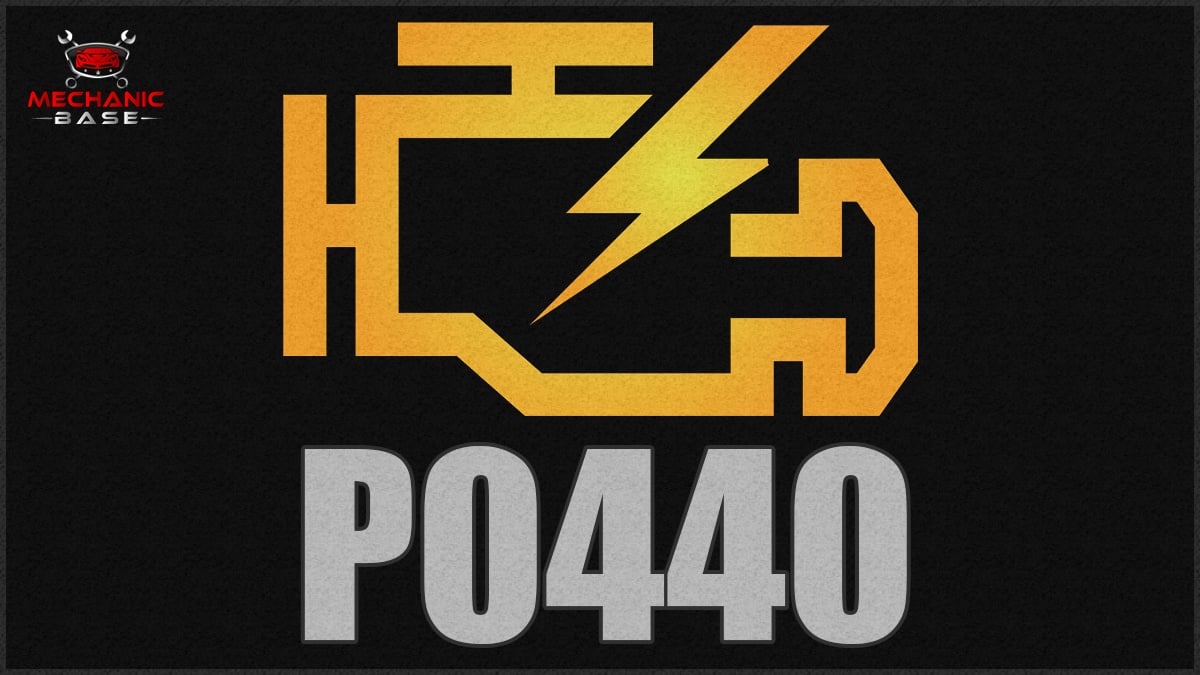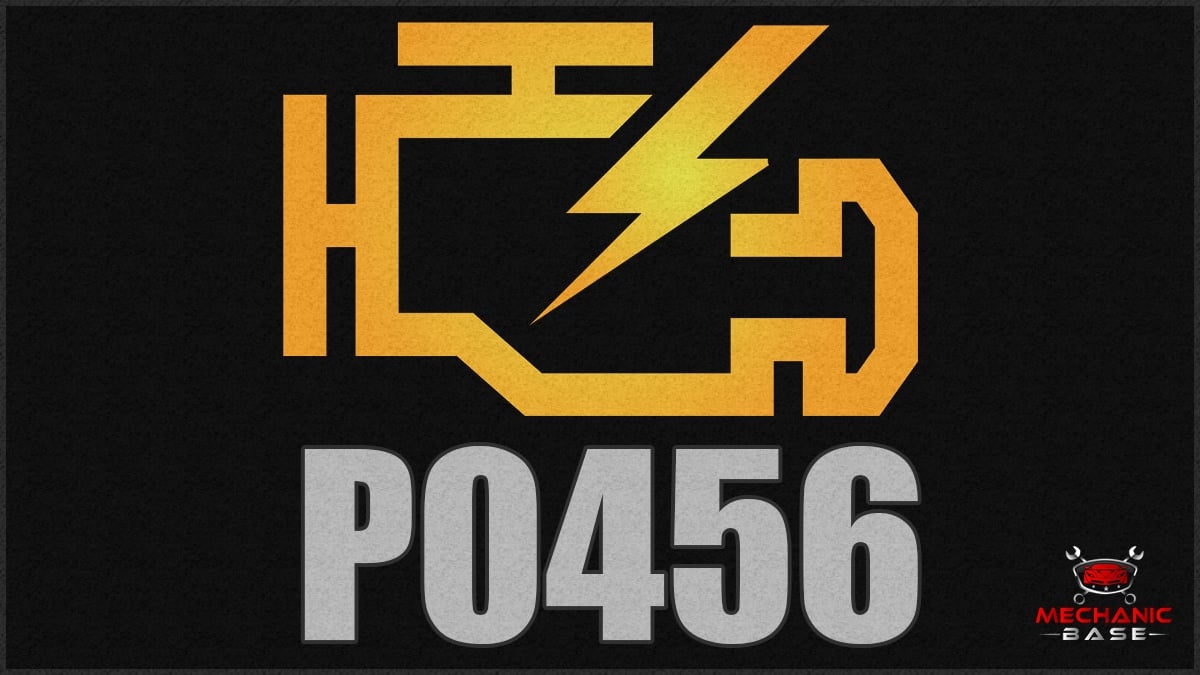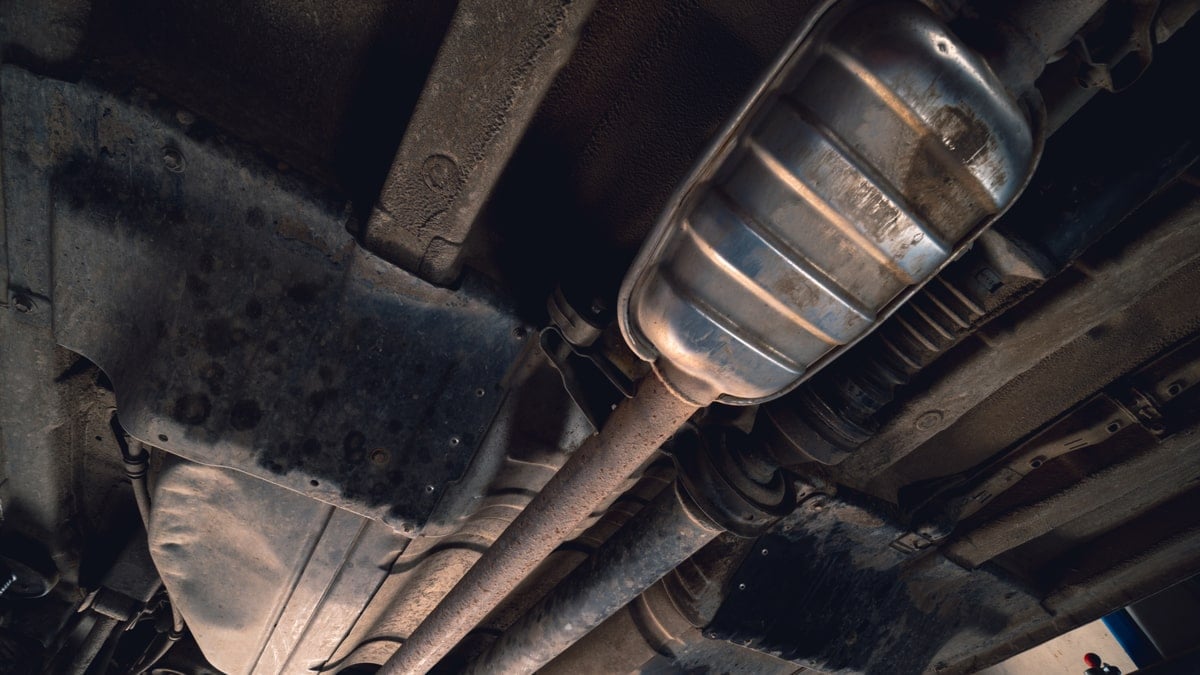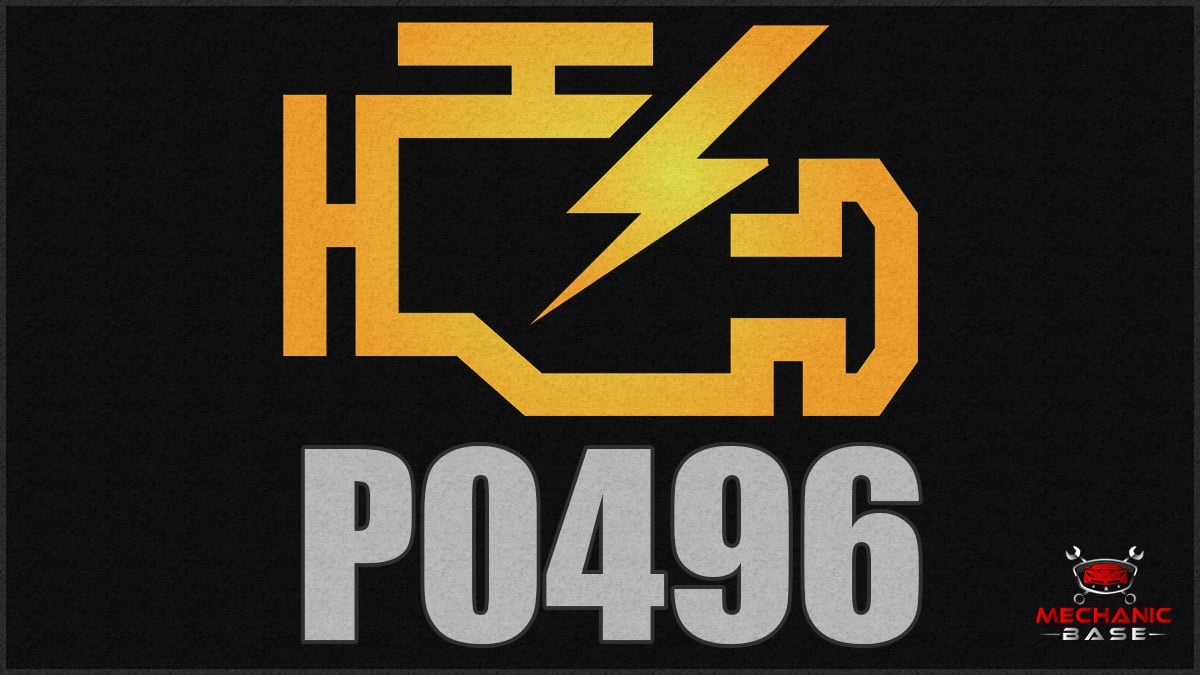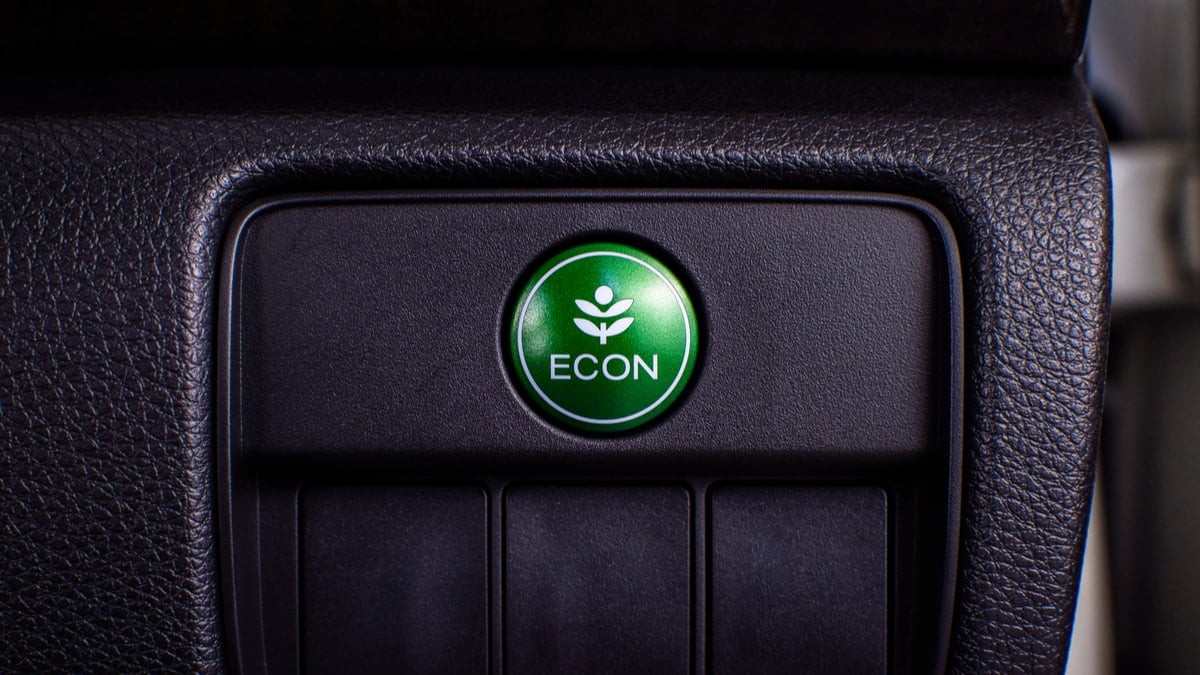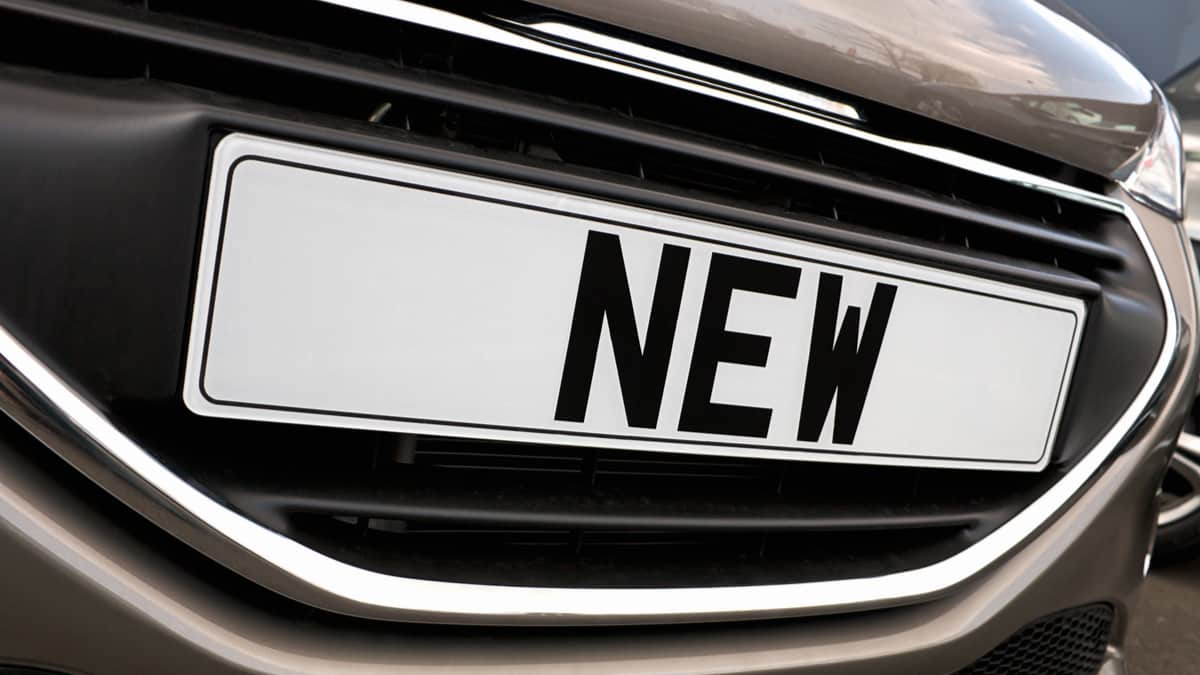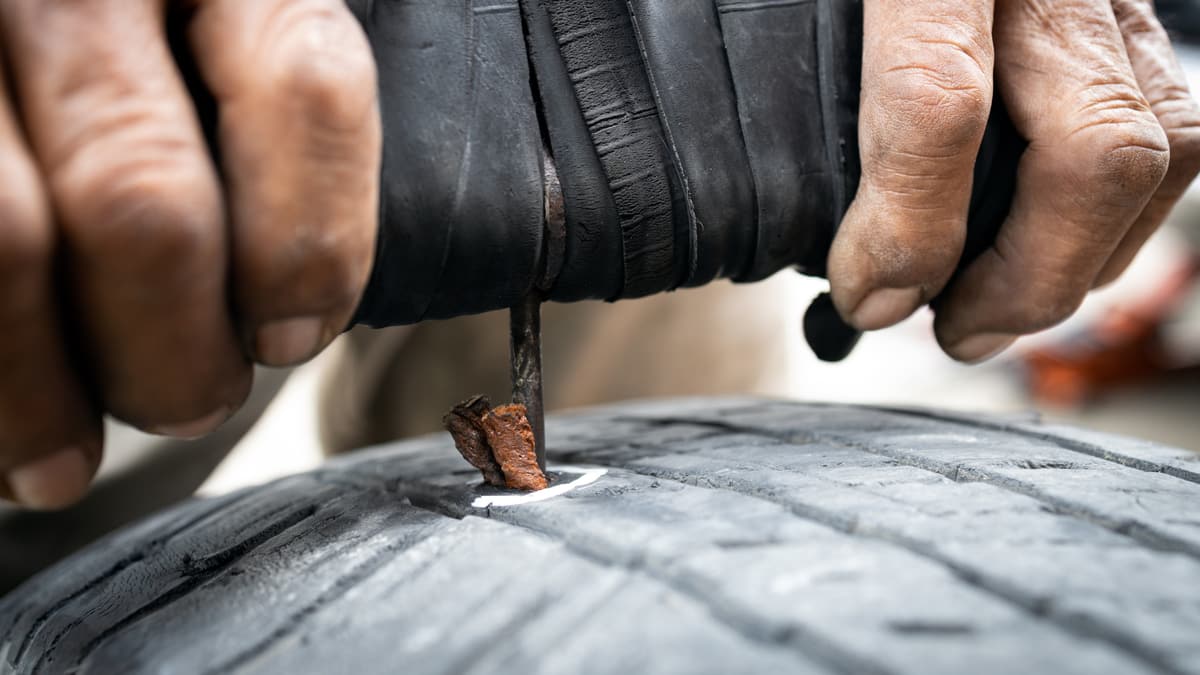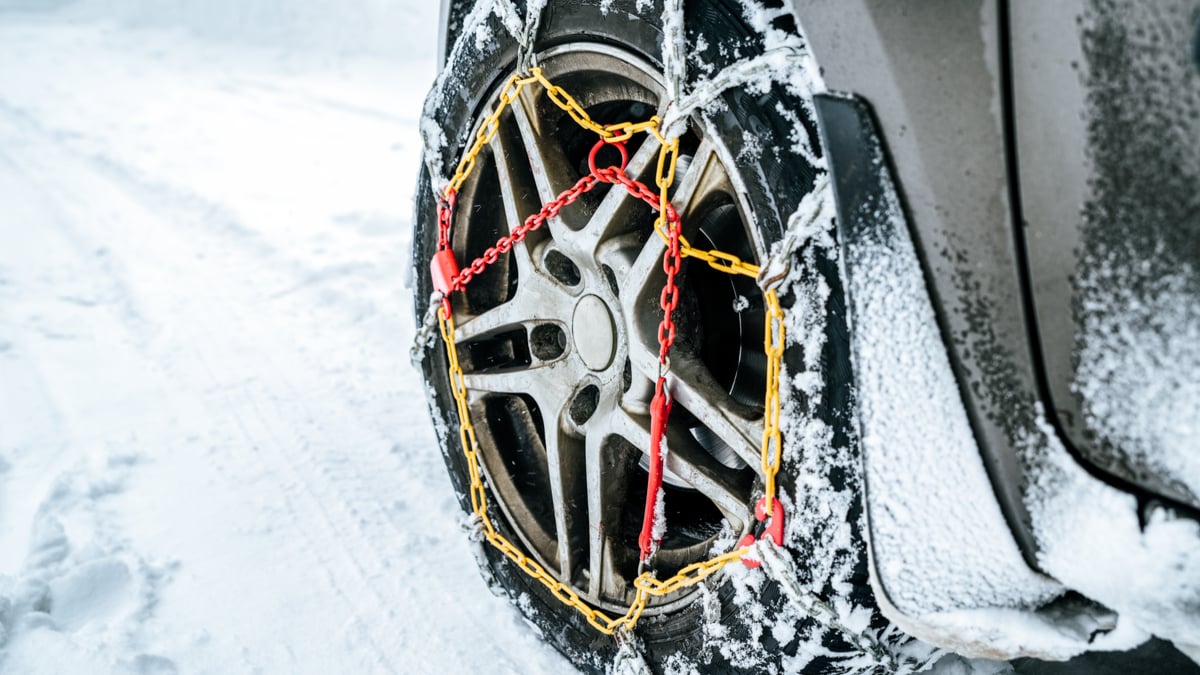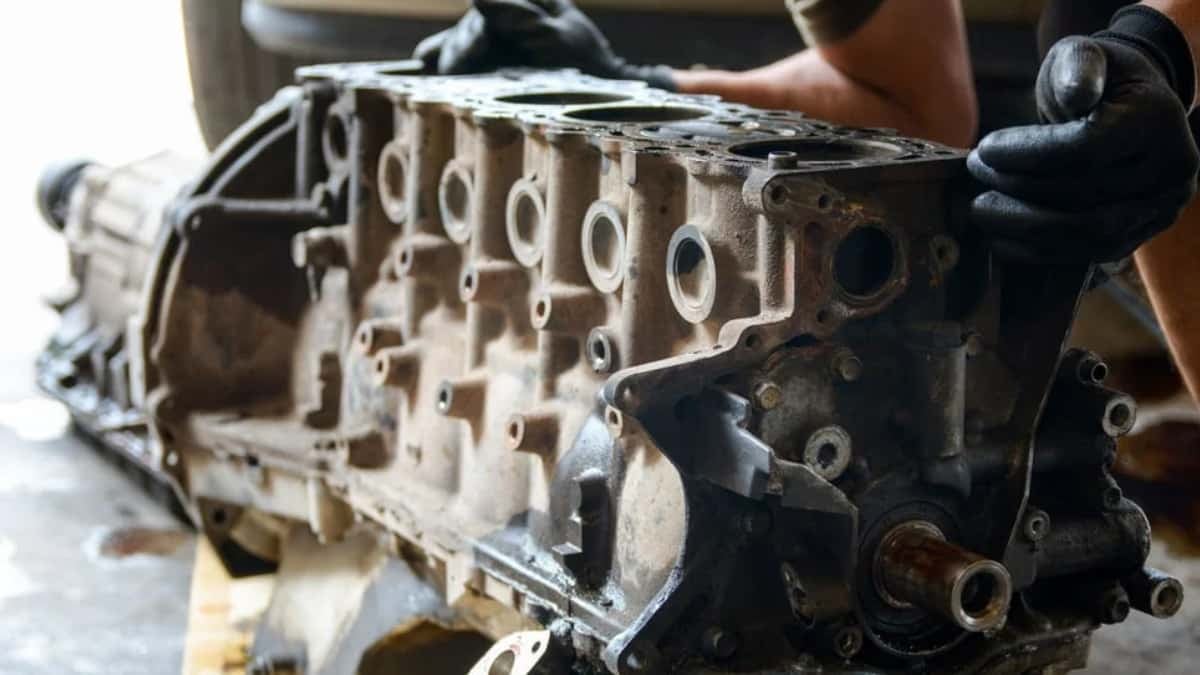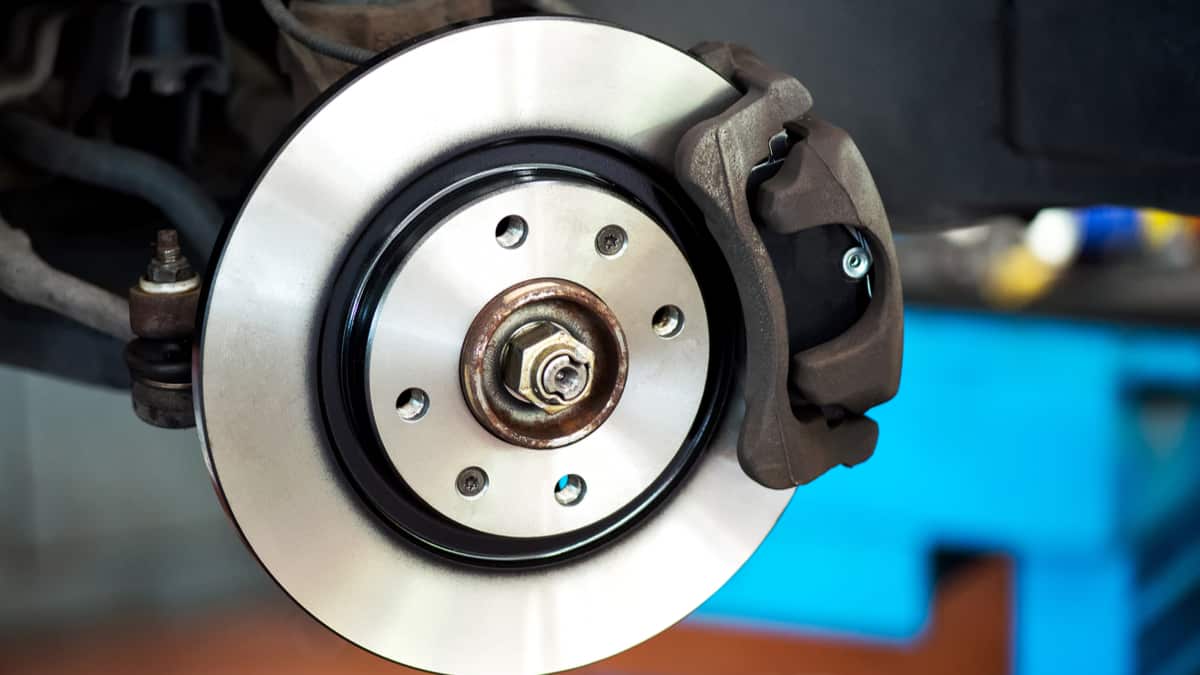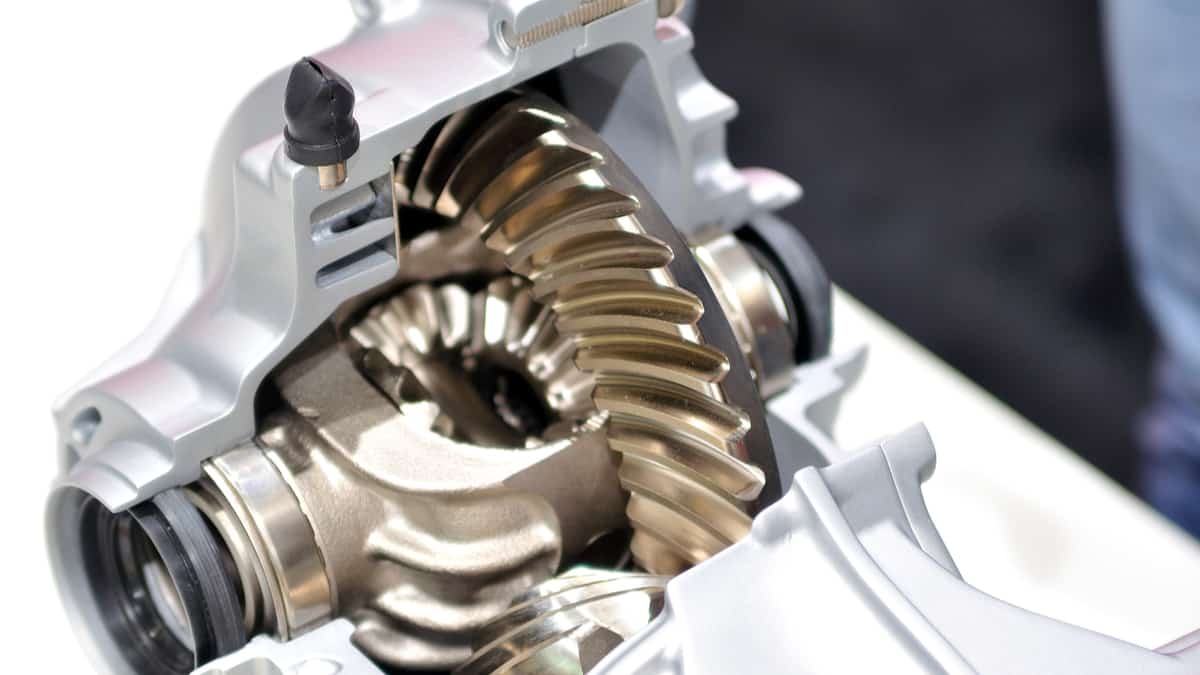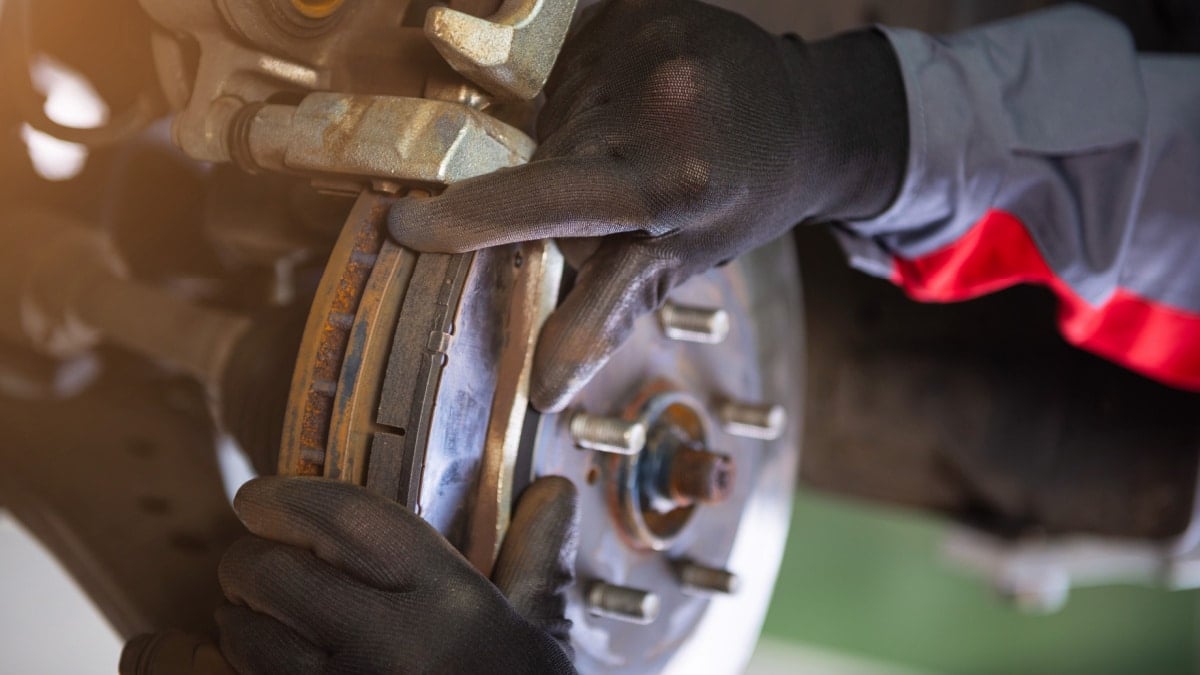If you have a 4WD vehicle, there are several settings to consider as you head down the road. For example, what’s the difference between 4WD High vs. Low, and when should each be used?
In this guide, I cover each option in-depth. I will also look at the differences between these and both 4WD Auto and AWD vehicles.
What Are The Differences Between 4WD High and 4WD Low?
4WD High helps to push all four wheels into action, especially when traction decreases, and the roads become slippery. It’s perfect for use on the highways. In comparison, 4WD Low utilizes low-range gear ratios to provide traction on rough terrain at slower speeds, such as when you are off-road.
Below, you will find more information on the differences and when to use 4WD High and when to use 4WD Low.
1. 4WD High
The 4WD High (4H) setting could also be described as 4WD Highway, because it is meant to be used at faster speeds than those which are seen on the highway. If you are heading down the highway, your suburban street or a rural road, you will likely use 4WD High once snow starts to cause problems.
4WD High is not meant to be used in normal driving conditions. You don’t really want to exceed 55 mph, because this setting puts the transmission in a mid-range gear in most car models. The excessive RPMs could easily damage the engine if they continue.
When To Use 4WD High?
You want to use 4WD High when the conditions are slippery and you are on normal roads. The 2WD mode is what should be used for normal driving conditions when the road isn’t slippery and you want to go at higher speeds.
It’s the perfect option if the roads are getting slippery from snow or ice. You can also use it to get out of stuck situations, from snow or sand. However, don’t go over 55 mph, or it could cause damage to the transfer case.
2. 4WD Low
Understanding that the previous setting was for normal roads and regular speeds, you should have an educated guess of what 4WD Low (4L) might be good for.
When To Use 4WD Low?
4WD Low provides low-speed traction help, whether you are traveling through deeper sand or heavy snow. It’s also helpful if you are trying to pull your boat out of the water, or need to ford through some streams. It’s also the chosen option for rock crawling, since you will be traveling at low speeds.
When you use this four-wheel-drive setting, keep your speeds to 25 mph or less. That’s why it’s not the best option for regular roads. When you need it, it will provide some crazy amount of torque to the wheels.
What is 4WD Auto?
4WD Auto is a newer feature found in some modern vehicles. This advanced technology relies on sensors and the sophisticated traction control system to determine what setting in the 4WD system is best for the conditions.
With two-wheel drive, the vehicle will only transmit power to the set of wheels that drive it. By using two-wheel drive, a lot of money can be saved on fuel, but it provides no help when in a slippery or stuck situation. Instead, the two-wheel-drive configuration is mainly used for daily commutes in normal road conditions and pleasant weather.
4WD Auto offers more help when it starts to rain or if you are driving down a slippery dirt road. You can keep the 4WD Auto setting turned on and the car will decide when it should be used. Most of the time, it’s going to keep the vehicle in a 2WD mode, only switching over when the conditions on the road warrant more support.
Because this setting adjusts itself, it’s a great option for those that don’t fully understand the four-wheel-drive system. The automatic use makes it a no-brainer as it operates in the background. If a wheel begins to slip or road conditions change, you won’t need to worry about adjusting anything to gain more traction. You can head down the dry highway with the same confidence as the slippery back road.
4WD vs. AWD
Many people confuse all-wheel drive for four-wheel drive, which makes complete sense. After all, if all of the wheels are driving, that would be four-wheel drive, right? Yes and no, because all-wheel drive operates a little differently. This system is always on in the full-time configuration. However, you don’t need to make any selections or decide what type of support to use. The wheel speed sensors alert the system when one of the tires is losing grip. The clutch and drivetrain send more torque to the appropriate wheels to help gain better traction.
Subaru vehicles are some of the most popular with full-time AWD. In this lineup, the power will be sent to all four wheels, with adjustments provided when needed. There are also part-time all-wheel-drive models, such as what’s offered with the Toyota RAV4. While half of the power is being sent to the rear wheels for better traction, it can automatically disconnect through the driveline to run solely on the front wheels for more efficiency when the road conditions are good.
What is Four-Wheel Drive (4WD)?
4WD is a term that is used frequently to discuss the drivetrain of a vehicle. With a four-wheel-drive configuration, power is being transferred to all four wheels of the vehicle. This is twice as much power as is transferred with two-wheel drive vehicles, whether they are rear- or front-wheel-drive. The 4WD vehicle divides power to ensure better traction, especially during slippery conditions, such as sand, snow or wet roads. With the 4WD vehicle, it can keep moving despite the loss of traction because the other wheels are receiving power. This configuration is found in many SUVs and trucks, especially if they are meant to head off-road.
Four-wheel drive vehicles contain mechanical linkage between the axles and the transmission. The transmission takes the power from the engine and sends it to the transfer case. Here, various gear ratios are used to reduce the rotation speed and provide torque multiplication when needed. The transfer case is responsible for spinning two driveshafts – one in the front, and another in the rear. It’s also responsible for sending power to the differentials, causing the spinning of the axles in the front and rear of the vehicle.
With an open differential, power is only sent to one wheel. That’s why a compact, economy vehicle doesn’t do well on ice – the tire spins as you try to accelerate. The limited-slip differential is what is used to spin both of the wheels equally, accelerating the vehicle in a straight line. It also allows for the wheels to rotate at different speeds, like what’s needed when you take a turn. For this reason, it’s called a limited-slip differential because it changes the speeds between the right and left tires.
When a vehicle has a locking differential, both wheels are forced to rotate at the same speed. This sends a nice amount of torque to tires with more grip, but it can also lead to premature wear when it’s temporarily locked. These are all important basics to understand as we look at the various four-wheel-drive settings.
READ MORE: Open vs. Limited Slip Differentials (What’s the Difference?)
Is 4WD Worth the Cost?
To get a vehicle with four-wheel drive, you will need to pay a premium price. Is it worth it? That depends on the conditions you drive in and what you hope to use the vehicle for. If you regularly travel through snow or over rocks, 4WD is going to improve traction to make the journey more enjoyable. Both sets of wheels will be engaged, so traction and control are heightened.
4WD is perfect for anyone who needs more grip on the road or likes to head down the trails. However, there are some downsides to this setup as well. You will spend more on fuel, as the vehicles aren’t as economical. All of the added equipment creates a vehicle that weighs more as well, so there will be additional tire wear and maintenance. This added weight also alters how much longer it takes to brake, which could take some time to get used to. Additionally, four-wheel drive or all-wheel drive can give you a sense of security that causes you to make foolish decisions. You could easily get stuck thinking that your vehicle can handle the situation.
For the everyday driver, 4WD is not needed. It only uses more fuel and causes you to spend more on the vehicle upfront. It’s going to provide no real benefit to your daily commute down a dry highway. However, if you want to go off-road, or you live in an area with bad weather, a four-wheel-drive car might be a good investment for you.
Categories: Transmission
